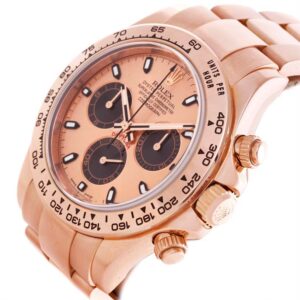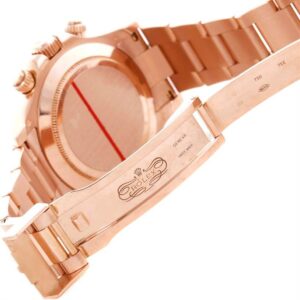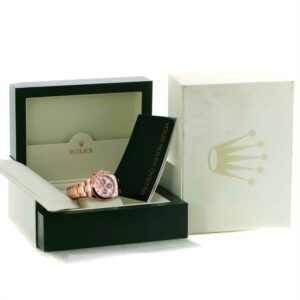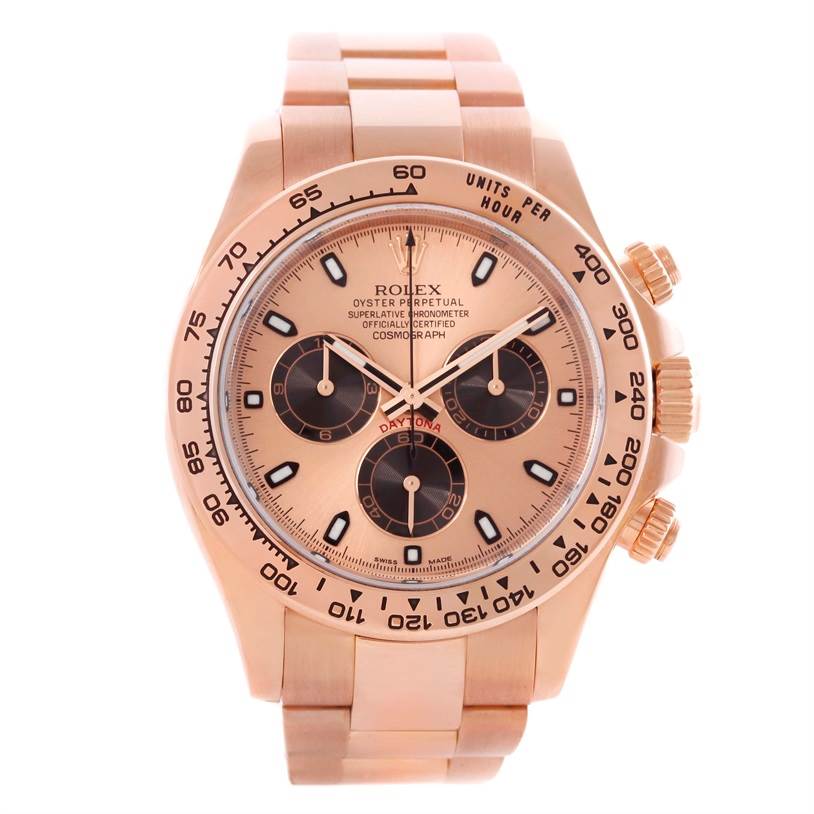Because you have paid a large sum of money for a luxury watch product, the moment you leave the store/website, most of your expenses have already been taken care of. While this may be true for many years to come, the cost of repairing a complicated (or even relatively basic) mechanical watch will add up over time, and its total will eventually exceed the initial retail price.
On the one hand, this is a good sign – it means that your purchase was worth maintaining, that it has been a faithful companion over the years, and that (one hopes) it has given you a lot of pleasure over that time. While owners of luxury replica watches are “happy” to send them in for repair, there is always a bit of irritation at having to hand over a large sum of money to keep something running. 


For starters, watches such as the Rolex Submariner are often referred to as “bulletproof” and praised for their durability; however, no matter how robust their construction, all mechanical items require regular maintenance. Most luxury watchmaking companies will advise their customers to have their watches serviced every 3-5 years to ensure optimal operation and prevent serious wear and tear, although some manufacturers are now creating watches with service intervals of up to 10 years. But what exactly does this mean, and is it essential to comply with the watchmaker’s recommendations?
What constitutes “service” depends largely on the company you are dealing with. If a third-party movement drives your watch or a movement created in-house, this may make a difference. It can also vary greatly depending on the stability of the brand. And, as esoteric as it is, it’s worth checking how long each brand can guarantee to be able to repair their watches after purchase. Generally speaking, most major brands are confident in saying they will have the necessary parts to rebuild their fake watches from scratch within 30 years of purchase. That’s a pretty long time, but if you’re planning on investing in an heirloom to pass down to your offspring, that’s probably not what you want to hear.
With these caveats in mind, let’s talk about the terms “optimal operation” and “severe wear and tear”. It may come as no surprise to any lover of luxury watchmaking that these items are finely tuned machines. Hundreds of components interact multiple times per second to transmit the time to your eyes. This means that there are thousands of opportunities for error every hour. Over time, these lubricants can dry out and quickly condense if dirt or chips from damaged components come in contact with them. If extraneous particles enter the lubricant, they can have a doubly destructive effect on the parts intended to protect the lubricant itself.
